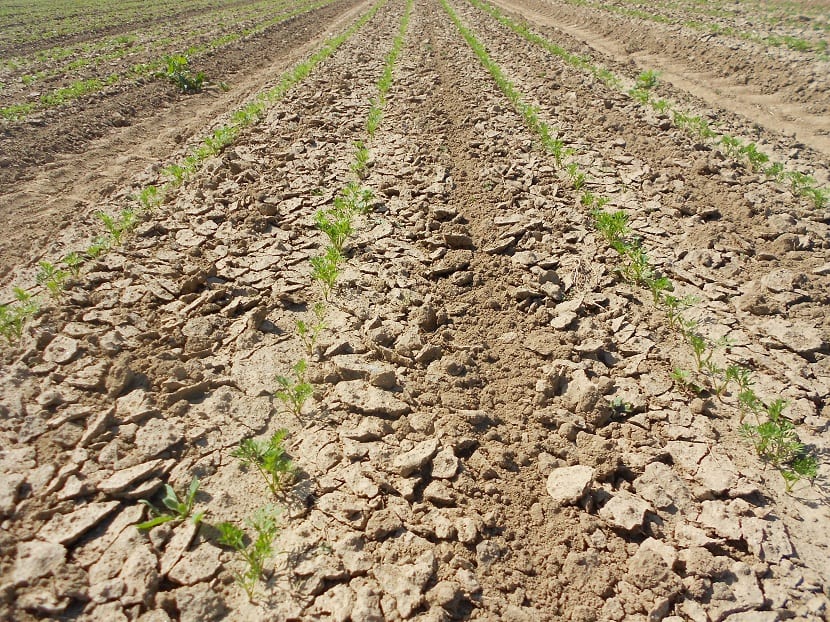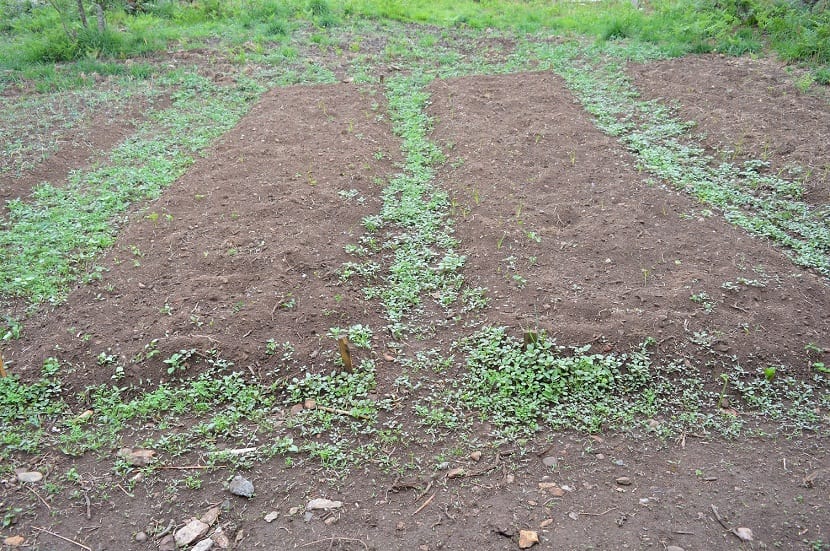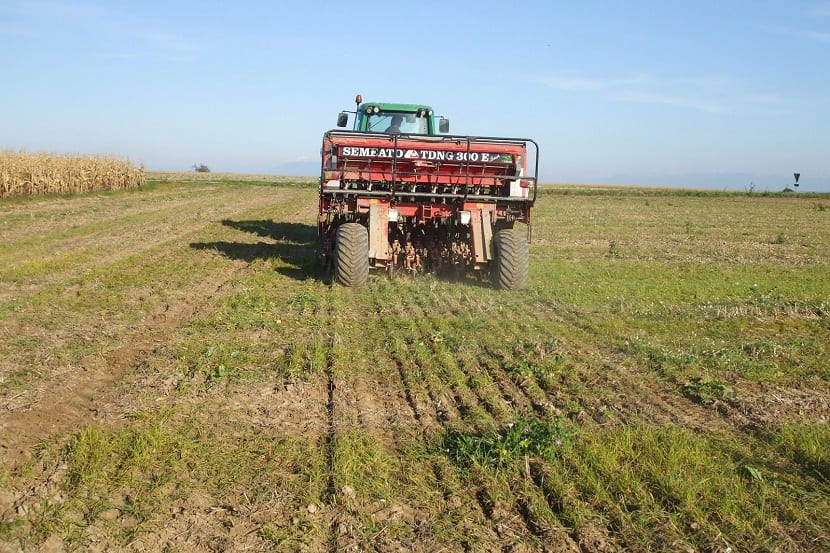
The purpose of the false seeding is to decrease the competition between cultivated plants and weeds or weeds as it is also known. This technique consists of preparing a culture bed as if it were a conventional planting but without cultivating anything. After that, we await the appearance of weed seeds that will be present in the soil, to destroy them completely and finally achieve the true planting of vegetables, flowers and even grass.
The false seeding it is a common practice within organic agriculture. It is a fairly effective technique, very easy to implement, which facilitates the elimination of weeds to guarantee the future of the crops. This technique is especially suitable for seeds that take a long time to germinate.
What are the cases where we can use false seeding?

This is a technique that requires a bit of anticipationHowever, it will save us a lot of time during the rest of the season.
The false seeding technique can be used in many cases, such as, before the implantation of a flowery meadow and even a lawn in an ecological garden, where the use of any type of herbicide is prohibited. In fact, it is mainly used in the garden to grow some vegetables.
What kinds of vegetables can be grown after a false planting?
False seeding is especially suitable for the vegetables that we are going to sow directly in the field, that is, those that are slow to germinate and that also have small seeds whose development is slower.
The carrot is the perfect example. Onion seed and leek are also well adapted. Any nursery that is in the open field should be prepared using a false seedling.
Steps to perform a false seeding
To carry out a false seeding it is necessary to proceed with these four simple steps:
Step 1: prepare the ground
Between two or three weeks before sowing or planting the vegetables, we must prepare a flowerbed exactly as if we were to plant a seed.
That is, loosen the earth, break up the large clods to equalize the ground. At this time we can bring some homemade compost to incorporate superficially on the ground. Homemade compost regularly contains weed and vegetable seeds, false planting will allow them to germinate and then suppress them.
Step 2: do nothing or almost nothing!
After finishing the preparation of the land, we are not going to sow anything yet, we will water the soil finely to provide good conditions to the unwanted seeds, so that they can sprout correctly. For this we can place a forced veil on the ground to obtain a few degrees of temperature and in this way trigger the germination of as many seeds as possible.
Step 3: remove weeds

Two to three weeks later, before you start sowing or planting the vegetables, we have to eliminate all the weeds that we find on the surface.
To perform this operation, the ideal would be use a Provencal rake or oscillating rakeThese two tools are very well adapted, since we are only going to weed the young seedlings without placing the soil deep on the surface again. No hoe or rake it could work too, but first we have to make sure we only do it on the surface of the earth.
The cultivation of these weeds can be done on a sunny morning to promote rapid drying of all seedlings.
Step 4: sow the seeds
Plant the vegetable, flower and even grass seedsIt will be done the same day or also the next day so that the destroyed weed has no chance of recovering, which can happen with the watering of the seedling.
We assure you that this is the best way to reduce the appearance of weeds.